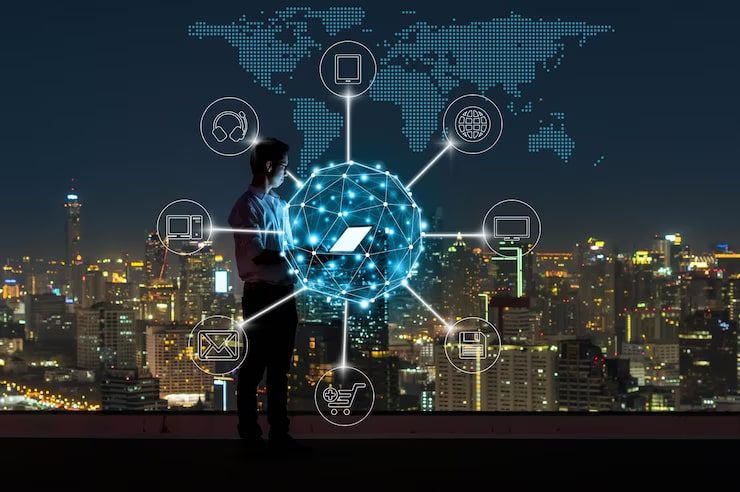The digital age is upon us, but not everyone has the golden ticket to ride the tech rollercoaster. The digital divide, the gap between those with access to technology and those without, has long been a barrier to progress. But fear not, fellow citizens of the internet! The democratization of technology is here, leveling the playing field and offering a brighter future for all.
Democratization of Technology: What’s the DL?
Imagine a world where technology isn’t a luxury, but a basic right. That’s the essence of the democratization of technology. It’s about making technology accessible and affordable for everyone, regardless of income, location, or background. Think of it like a skillshare for the digital age – everyone gets a chance to learn and participate.
Why Does Bridging the Digital Divide Matter?
The digital divide isn’t just an inconvenience; it’s a major roadblock to progress. Here’s why closing the gap is crucial:
Education Revolution: Technology unlocks educational opportunities for all. Online courses, educational apps, and digital libraries can empower people to learn new skills and improve their lives.
Economic Empowerment: The digital world is brimming with economic opportunities. From online businesses to remote work options, access to technology can level the economic playing field and create new avenues for income generation.
Healthcare for All (or at Least Most): Telehealth services and online health information can improve access to healthcare, especially in underserved communities.
Social Connection FTW: Technology access keeps us connected. Democratizing technology can combat social isolation and foster connections across geographical boundaries.
The Democratization of Technology: How We’re Closing the Gap
The good news is that the democratization of technology is no longer a utopian dream. Here are some ways we’re bridging the digital divide:
Affordable Tech for the Masses: Technological advancements are leading to the creation of more affordable devices like smartphones and tablets, making it easier for people on a budget to access the digital world.
Free and Open-Source Software: Open-source software provides free alternatives to expensive commercial programs, giving everyone access to essential tools and resources.
Public Wi-Fi Initiatives: Cities and municipalities are increasingly offering free or low-cost Wi-Fi access in public spaces, ensuring internet connectivity for those who might not have it at home.
Digital Literacy Programs: Equipping people with the skills to navigate the digital world is crucial. Digital literacy programs can help people learn the basics of using technology and accessing online resources.
Challenges Remain: Leveling Up the Playing Field
While the democratization of technology is on the right track, challenges remain:
The Affordability Gap: Even with more affordable devices on the market, the cost of technology can still be a barrier for some.
Digital Literacy Hurdle: Not everyone has the basic skills needed to use technology effectively.
The Infrastructure Issue: Lack of reliable internet infrastructure, especially in rural and underserved communities, hinders access to technology.
The Takeaway: Democratization of Technology – A Collective Effort
Democratizing technology is a shared responsibility. Governments, businesses, and individuals all have a role to play in bridging the digital divide. By working together, we can create a world where everyone has the opportunity to thrive in the digital age. Here’s what you can do:
Support initiatives: Donate to organizations that provide affordable technology or digital literacy programs.
Spread the word: Talk to your friends and family about the importance of democratizing technology.
Become a digital mentor: Share your tech knowledge with others who might be struggling.
Conclusion
The future belongs to those who can harness the power of technology. By democratizing technology, we can ensure everyone has a seat at the digital table and a chance to participate in the exciting possibilities that lie ahead. Let’s work together to bridge the digital divide and create a more connected, inclusive, and empowered future for all.







